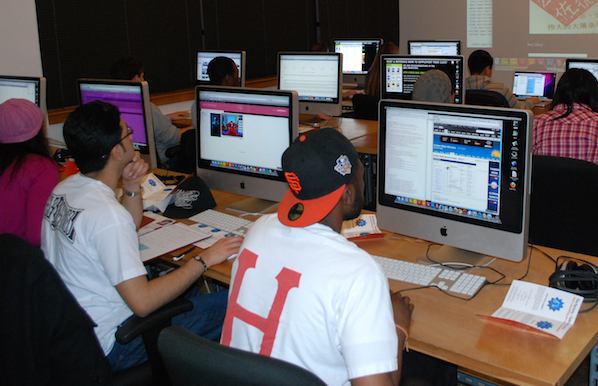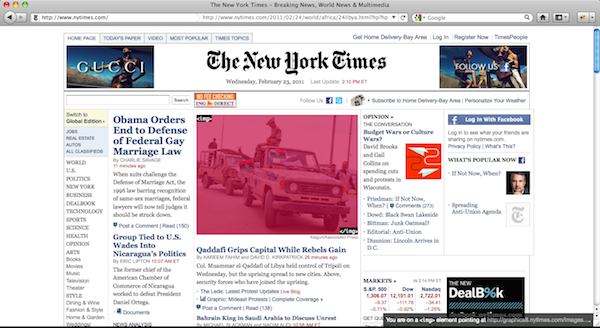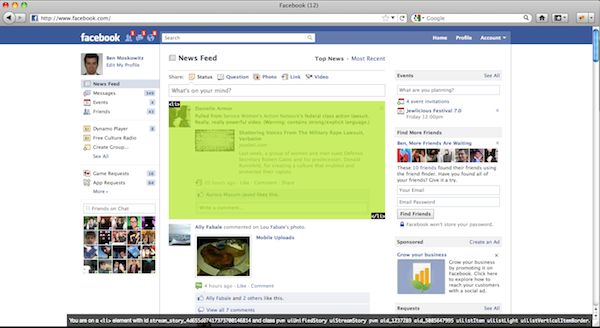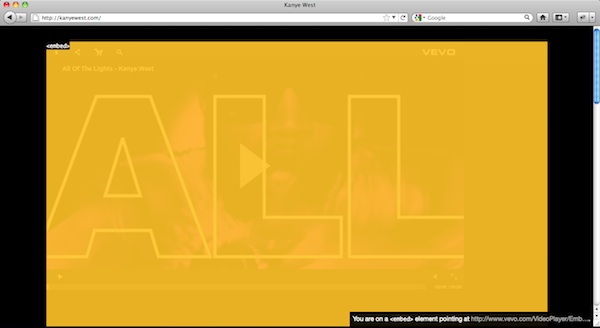Three "Aha!" Moments with BAVC's Factory program
It’s amazing how many hackers got their start. You’d think they were preternaturally gifted, or that their parents sat them in front of Commodore 64s when they weren’t yet six weeks old.
The reality is that most people stumble into hacking and web development. There’s an accident or unprovoked realization that leads them down the path of tinkering, and they keep following that path.
A big part of Mozilla’s Drumbeat strategy is leading people to the path. It’s creating conditions for people to have their “Aha!” moments, where it all clicks, and computers suddenly seem full of possibility. This is what the Hackasaurus project is about. And in a way it’s what all Drumbeat projects are about: raising a kind of awareness in people where it didn’t exist before, and getting them invested in the parts of the web that make it so great.
Mozilla is working with The Factory this year, as part of a collaboration with the Zero Divide Foundation. The Factory is a youth media collective based out of Oakland, CA, and is part of the Bay Area Video Coalition (BAVC).
The Factory works with local changemakers to create documentaries, PSAs, and other forms of media to get a message out. We’re teaming up with them this year to give their Summer Intensive program a leg up. Using open video tools in development at Web Made Movies, we’re going to create innovative video productions that live and breathe on the web. This isn’t just video pasted onto a webpage, but something much cooler—think Arcade Fire, for example.
We’re also doing some other things in the background. For starters, we’re getting valuable focus testing and real-world uses of the software in development at Web Made Movies. And more interestingly, we’re pioneering a new kind of skills training: hacking both HTML and open video. Our experience with the Factory kids will help BAVC and Mozilla prepare teaching modules to address skills most people don’t even recognize they need yet.

For our first meeting with the Factory this February, we showed up with four Mozillians and a rough game plan. Brett and Lukas have written about this experience on their respective blogs, and Atul has provided a play-by-play, so I won’t recap it here.
But I do want to share three “Aha” moments from the week. All three were extremely encouraging, and validate our theories about raising open web awareness.
“Aha” moment #1:
We’ve introduced the Factory group to the X-Ray Goggles, and shown them how they can not only inspect web pages, but also tweak and modify the pages they visit using HTML.
Within 10 minutes, one of the workshop participants—an older high schooler—is at NBA.com, changing the headlines to reflect his distaste for Miami Heat. “It’s over for you Heat!” reads the front page.
A few minutes later, he’s changing the rosters so everyone in the Factory program is playing pro ball (at least, according to NBA.com).
That’s an “Aha!” moment—you don’t need to take the web lying down. It’s eminently hackable, eminently styleable, like Magic Ink. You can build it and change it.

“Aha” moment #2:
A few hours later, we’re collaboratively coding an HTML page using Etherpad and HTMLpad. We’re going through this together on the projector at the front of the room. As we’re walking through the process of setting up a basic page, using tags like <img> and <span> , we tab back to where the code lives, and see this text:
> http://www.youtube.com/watch?v=i5P8lrgBtcU
One of the Factory participants has pasted a video URL into the page code, skipping ahead to the fun part of the lesson—video.
Of course, that markup isn’t right. So we navigate to the page, pick up the embed code, and it paste it in. It works.
That’s an “Aha!” moment—you can plug things into your own webpage, just like Legos. The web is made of Legos. Holy cow.
“Aha” moment #3:
Near the end of the day, we ask participants to share websites they visit frequently. Facebook, Wikipedia, and YouTube are expected. We visit these sites and check them out with the Web X-Ray Goggles. We also view the page source, trying to get an appreciation for how the pages were built.


We go to do the same for http://kanyewest.com, but there’s a snag: the site’s made in Flash. We can’t view source, and we can’t inspect with the Web X-Ray Goggles. It’s a big, unreadable <embed> element.

That’s an “Aha!” moment—unlike things made with HTML, you can’t look under the hood with Flash. The code is hidden and isolated. Flash is a black box.
—
None of these moments were planned—they couldn’t be. They emerged on their own, accidentally. This kind of learning is what happens when you get curious and walk down the path.
It’s working. All you need to do is lead them to the path, and curiosity takes care of the rest.
Though this workshop was officially about open video, it would not have been possible without the Hackasaurus tools. (I’m literally delighted at how well the different Drumbeat tools are working together. It will be amazing in 18 months’ time to see all Mozilla efforts—badges, software, programs, events—working with and reinforcing each other).
Keep an eye on The Factory and Web Made Movies as we continue our experiments together. Together with Zero Divide, we’re going to make a big splash later this year.
About this entry
You’re currently reading “Three "Aha!" Moments with BAVC's Factory program,” an entry on Ben's blog.
- Published:
- 2.28.11 / 11pm
- Category:
- Drumbeat, WebMadeMovies
- Tags:


4 Comments
Jump to comment form | comments rss [?] | trackback uri [?]